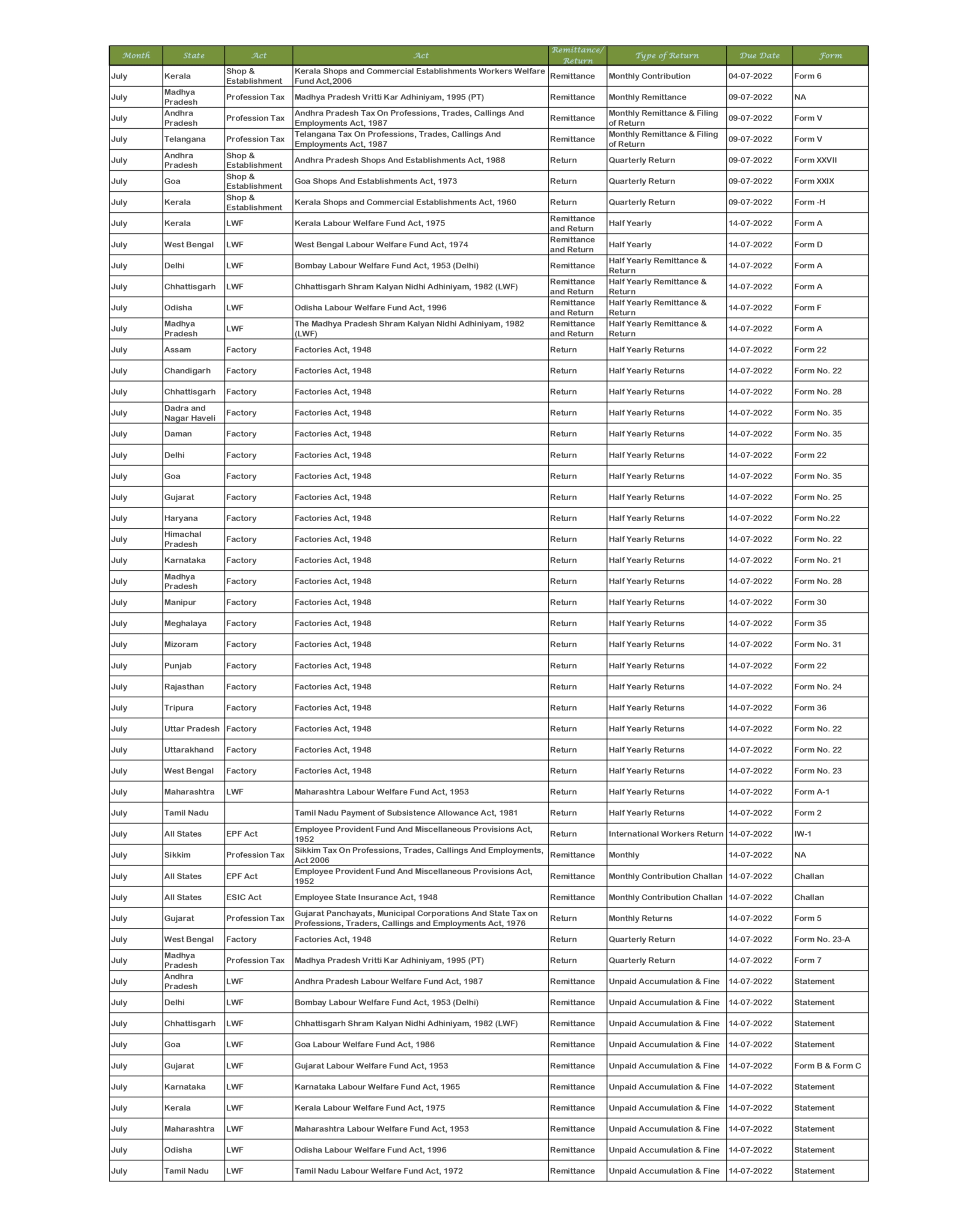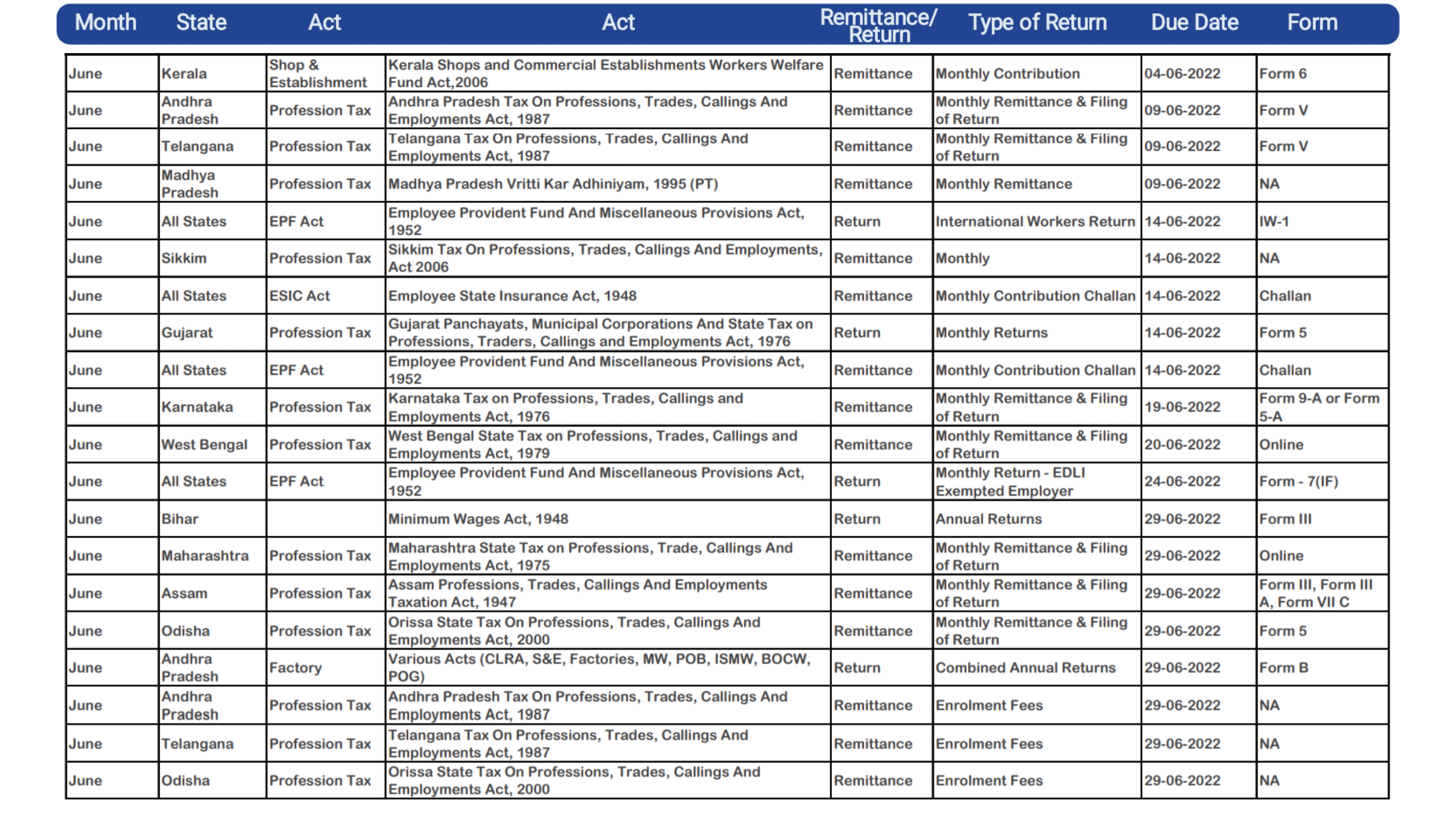Registration – not mandatory:
The Partnership Act does not require the registration of a Firm as a mandatory process, however, only registered firms are considered legally existing. The firm can get registered any time before the existence or during the continuance of the partnership.
Essentials of Partnership Firm:
A Partnership firm is one of the most significant forms of business organization. Where two or more persons come together to form a business and divide its profits and losses in an agreed ratio, then it is a partnership firm.
The type of business organization includes any kind of business, occupation, trade, and profession. The partnership firm can be incorporated only by drafting the partnership deed and getting it stamped. It is even optional to register a partnership firm with the Registrar of Firms. If partners want it to get registered, they have to apply for it to the Registrar of Firms.
Rules as to the name of a Partnership Firm:
While selecting a name for a proposed firm to be registered, one should keep in mind that a firm shall not have any of the names or emblems specified in the Schedule to the Emblems and Names (Prevention of Improper Use) Act, 1950, or any colorable imitation thereof, unless permitted so to do under that Act. Also, the name should not be the one that is likely to be associated by the public with the name of any other firm on account of similarity. Further, any name which, in the opinion of the Registrar, for reasons to be recorded in writing, is undesirable should not be selected.
Application for registration of a Partnership Firm:
An application form for registration of a Firm has to be filed to the Registrar of Firms of the area/State in which any place of business of the firm is situated or proposed to be situated along with the fees prescribed by the Government, which varies from State to State. Such an application would include the following details:
- Name of the Firm;
- Nature of business of the Firm;
- Principal place of business of such Firm;
- Location of any other places where the Firm carries on business in the above name;
- Name and permanent address of all the partners;
- Date of joining by each partner;
- Duration of the Firm.
Such an application is required to be signed and verified by all the partners or their agents if authorized. Also, such application may be delivered to the Registrar through post or hand delivery or by applying online.
Documents required for registration of Firm:
The following documents are required to be submitted along with the application form for registration of the Firm, with the Registrar:
- Certified copy of Partnership deed;
- PAN Card and Address proof of partners;
- Proof of principal place of business of the Firm, viz., rent agreement or another ownership document like electricity bills, etc ;
- Affidavit certifying all the details mentioned in the partnership deed and documents are correct and
- GST Registration
Certificate of Registration issued by Registrar:
If the Registrar is satisfied with the application and the documents and that all the provisions of section 58 of the Indian Partnership Act, 1932 have been duly complied with, he would register the firm in the Register of Firms by recording an entry of the statement and issue the Registration Certificate.
The registered Firm should use the brackets and the word (registered) immediately after its name.



























